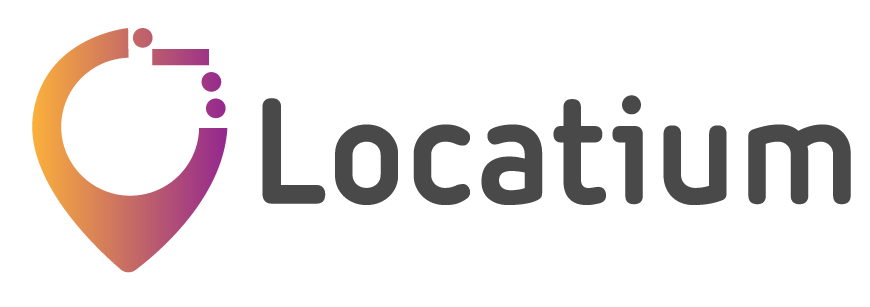Python or R are the programming languages of choice for most data scientists. Because both languages have large software ecosystems and communities, they may be used for practically every data science endeavor. This makes many wonder which of the two is more suitable for spatial data analysis. Let’s look at this in more detail!
The two open source languages are remarkably similar in many aspects. The key distinction is that Python is a general-purpose programming language, whereas R is a statistical analysis programming language. Increasingly, the question isn’t which programming language to employ, but how to make the best use of both for your specific use cases.
In this article, we’ll explore the respective pros and cons of each of with regards to spatial data analytics, before reaching a conclusion as to which is best suited to this particular field.
Python for spatial data analytics
Python has unquestionably become the primary computer language used by geospatial analysts and researchers in their work with GIS and spatial analysis in general.
Open source GIS advocate Anita Graser is particularly keen to highlight the incredible growth that GIS, geospatial analysis, and Python have undergone together over the previous decade. When major GIS platforms like ArcGIS and QGIS began to adopt Python as the principal scripting, toolmaking, and analytical language, this marriage between a computer language and geographic platforms first emerged.
The fact that Python is easy to learn, good at data manipulation, and has numerous helpful libraries that can be quickly adapted for geospatial research is considered another popular reason for its adoption by users in the field of spatial data analytics.
Other experts also claim that python is easier to use than other high-level languages because it is flexible in terms of coding style and can be used in a variety of paradigms, including imperative, functional, procedural, and object-oriented techniques.
However, there are, of course, issues and roadblocks that Python users in the spatial data analytics sphere that have been found wanting. This includes basic compatibility difficulties, such as when libraries installed do not operate well together or when different versions of the code create exceptions. Though these issues can often be addressed with well-written instructions and installation files, not all libraries have such workarounds available.

R for spatial data analytics
While there are several programming languages out there that can make processing spatial data much easier, conducting spatial analysis with R can be just as simple. This is especially true if you’re new to these kinds of programs and don’t want to waste time reading through the documentation or, even worse, creating hundreds of lines of code to accomplish something pretty straightforward.
In reality, the maps package is not a spatial statistics package as such. It can perhaps be best described as a simple package for rapidly and easily creating simple maps with minimum code. In layman’s terms, this means it’s ideal for swiftly visualizing vectorized data in R.
R has seen an increase in the number of contributed packages for processing and analyzing geographical data during the previous decade. This can be mainly attributed to a group of R developers who have built the R package sp to enhance R with classes and methods for spatial data after some collaboration and discussion. These classes describe the structure of spatial data and how it is organized and stored.
Which is better for spatial data analytics: Python or R?
Many in the industry argue that choosing between these languages is hard because they all accomplish different things. When conducting things like network analysis or cost surface analysis for batches of data, Python is fantastic for automation. However, R is frequently regarded as indispensable when working with huge datasets, such as when performing multiple regression analysis.
As you can see, it’s tricky to choose one of the other since they both have their respective benefits and drawbacks. Perhaps instead of trying to figure out which one is the so-called ‘winner’ it’s worth taking each individual case into account before deciding which of these tools is best suited to the task at hand.





